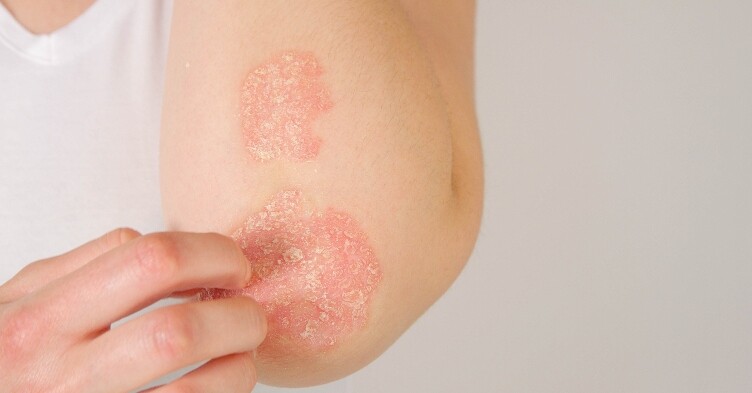Let’s talk head lice

For any parent leaving their children at school for the first time is an emotional milestone. How will they get on, will they make friends, love going and do well?
In my first blog last year I talked about the stigma of skin disease and how children can be treated at school, so please go back and read it again. The word stigma means “shame, disgrace, dishonour and humiliation”, there is one aspect of school life that can be associated with these words; head lice.
Related Article: Call for regulatory guidelines as NHS adopts AI in dermatology care
My granddaughter recently started school and I was picking her up with my daughter when I noticed the little visitors in her hair, my daughter was horrified and was talking to another mum who came out with the usual myths; “Oh I thought they were only found in dirty hair”. I also remember telling my youngest daughter’s teacher once that I had found head lice and you could feel the negativity and disgust from the other mothers in the room. Was I bothered – not at all, but many are.
Any one can get head lice and they can be easily treated, but it does require a consistent approach. I duly gave my daughter the advice to check the other two children and yes my other granddaughter aged 18 months also had them. My daughter was at the supermarket and thought she would ask at the pharmacist what she could use on the little one and was told by the pharmacist babies don’t get head lice they don’t have hair! As part of any skin assessment there should be a systematic approach to the assessment, which includes the scalp, and hair, which means as a children’s nurse I frequently find them. They can be missed though if you are not used to spotting the signs of an infestation, I was asked by a registrar once to look at a child’s scalp as he couldn’t find any skin disease causing the itchy scalp. He was horrified when I pointed out the head lice that had fallen on to the desk during his examination. So, let’s clear up some of the myths surrounding head lice:
- They can’t fly, jump or swim but are spread by head-to-head contact, climbing from the hair of an infected person to the hair of someone else.
- An infestation isn’t the result of dirty hair or poor hygiene. All types of hair can be affected, regardless of its length and condition.
- Head lice only affect humans and can’t be passed on to animals or be caught from them.
How should these be treated? The following issues should be discussed with the parents and supported by additional information/resources:
- Dispel the myths.
- Define the terminology: nits or lice.
- What do they look like?
- How to detect them?
- Life cycle of head lice.
- Treatment options.
So let’s start talking about head lice and dispel the myths and stigma associated with them.
Related Article: Abdominal body fat is a higher risk for developing psoriasis
Resources
British Association of Dermatologists. Head Lice, 2014. https://cdn.bad.org.uk/uploads/2021/11/29200304/27.10-Head-lice-pdf.pdf
Community Hygiene Concern. CHCBug Busting. chc.org/homedir/mistakenadvice.cfm (accessed 1 April 2016).
Related Article: CPD: Case by case – acute and emergency dermatology presentations
NICE. Clinical Knowledge Summaries, Head Lice, 2015. cks.nice.org.uk/head-lice (accessed 1 April 2016).
NHS Choices. Head Lice, 2014. nhs.uk/Conditions/Head-lice/Pages/Introduction.aspx (accessed 1 April 2016).

See how our symptom tool can help you make better sense of patient presentations
Click here to search a symptom


Any one can get head lice and they can be easily treated, but it does require a consistent approach



